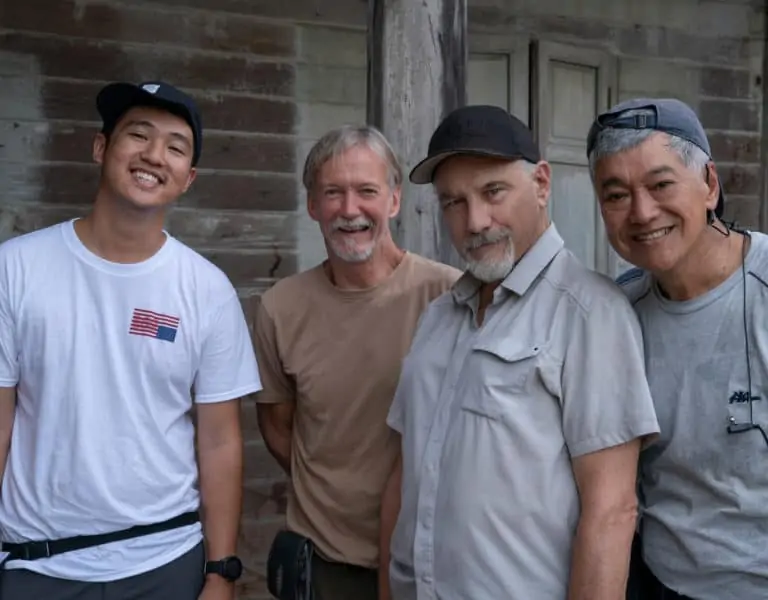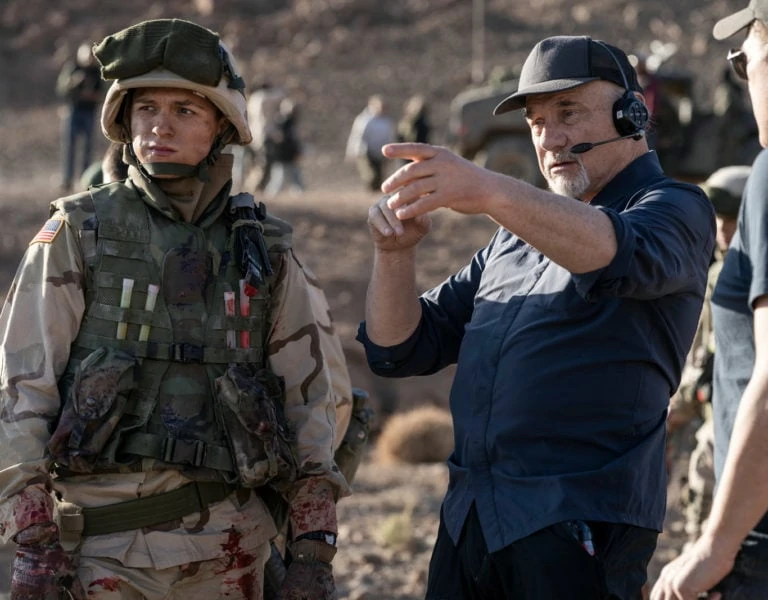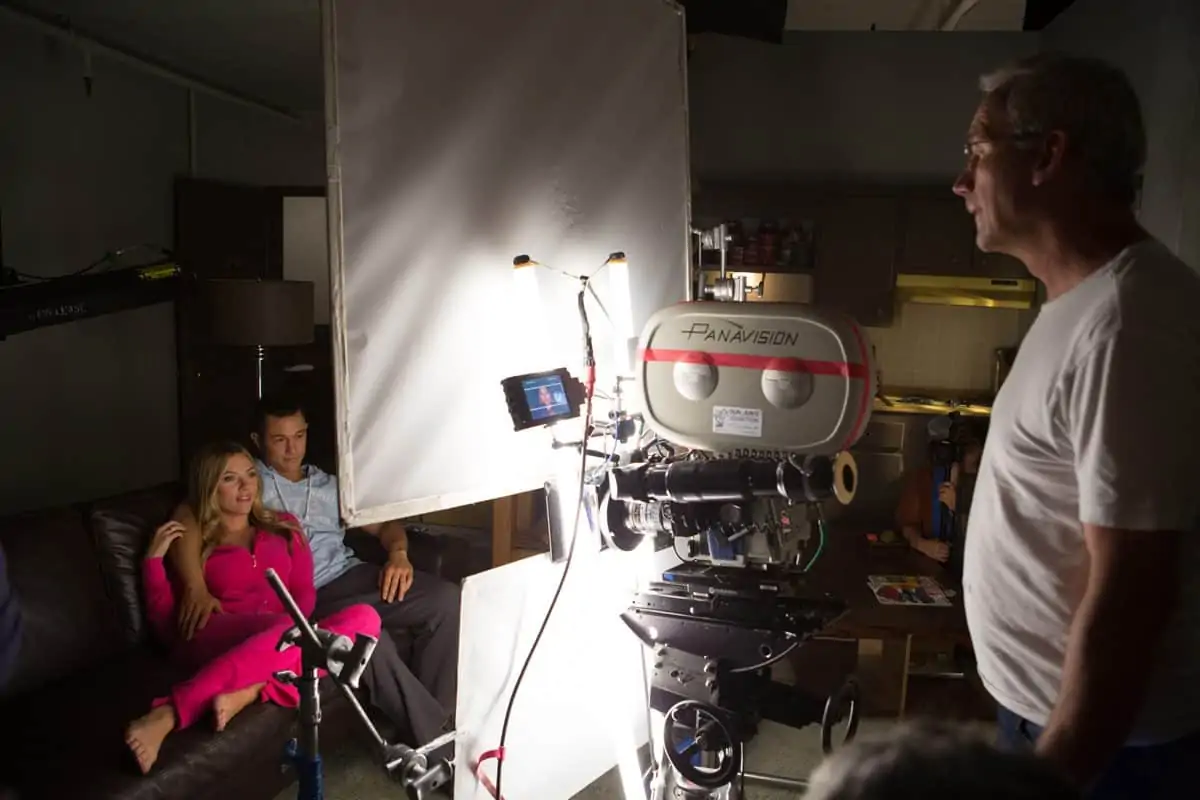A Kind Of Magic
Newton Thomas Sigel ASC / Bohemian Rhapsody
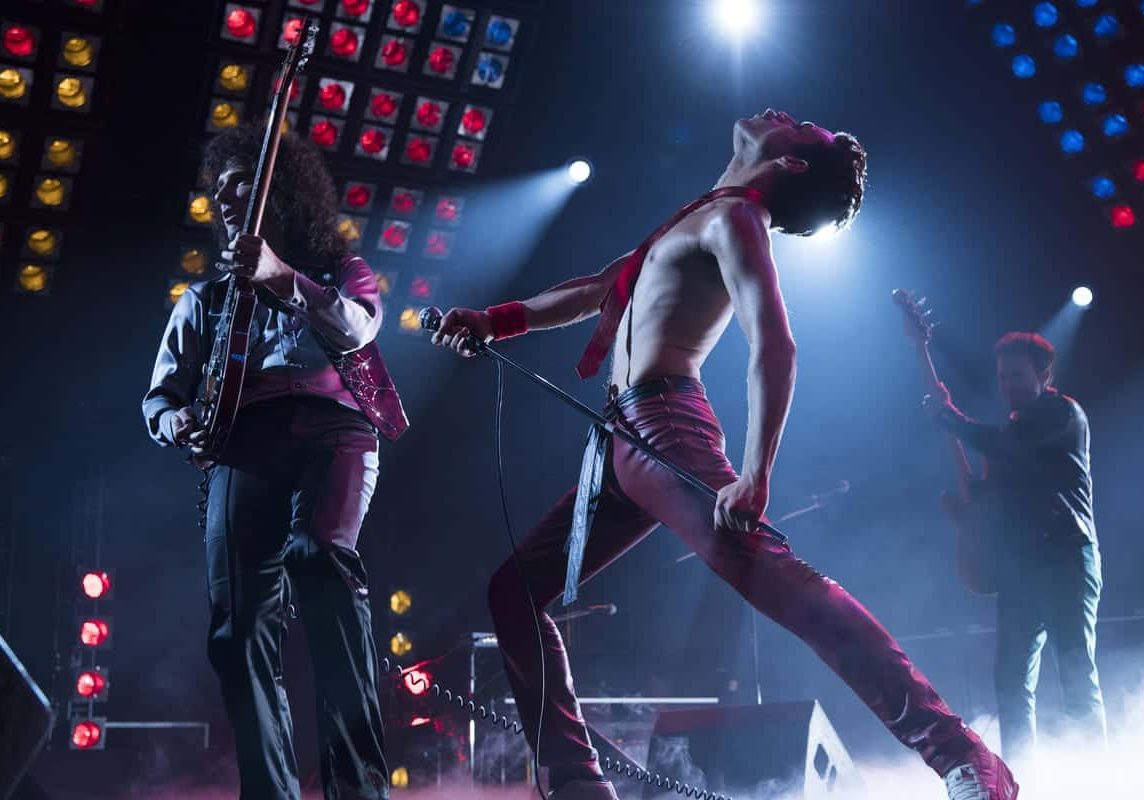
A Kind Of Magic
Newton Thomas Sigel ASC / Bohemian Rhapsody
WANT TO READ IT ALL?
Below is only a teaser, and the full interview can be found in the November 2018 issue (90) of British Cinematographer magazine.
If you purchase a year’s digital subscription from just £30, or a year’s all-inclusive subscription from just £64, you can read the interview in Issue 90 by clicking HERE. You will also receive access to the rest of our extensive back catalogue.
CLICK TO BUY A DIGITAL SUBSCRIPTION
CLICK TO BUY A PRINT & DIGITAL SUBSCRIPTION
BY: Ron Prince
20th Century Fox’s feature production, Bohemian Rhapsody, is a foot-stomping celebration of Queen, their music and their extraordinary lead singer Freddie Mercury. Delivering an intimate portrait of the inner workings of the legendary band, the movie traces their meteoric rise through their iconic songs and revolutionary sound over a 15-year period – from their formation in 1970 to their legendary rock performance during Live Aid at Wembley Stadium in 1985.
The film stars Rami Malek, who has been touted as an Oscar contender for his portrayal of Freddie Mercury, Gwilym Lee as lead guitarist Brian May, Ben Hardy as drummer Roger Taylor, and Joseph Mazzello as John Deacon, the band’s bass player. Lucy Boynton plays Mary Austin, Mercury's lifelong companion. The real Brian May and Roger Taylor took roles as executive music producers.
Bohemian Rhapsody premiered at Wembley Arena in London on October 23rd 2018, to an audience of 7,000, on a 28m-wide screen, the largest in the UK. On November 2nd, it opened in every IMAX cinema across the US.
Principal photography on the film began in London in September 2017 with Bryan Singer as director. The movie shot at multiple locations around London, along with sets built at LH2 Studios in Park Royal, and, in the final few weeks, a number of small apartment sets, which were constructed at Gillette Building Studios in Isleworth.
In December 2017, however, there was a change in director, as Dexter Fletcher was hired to complete the production. Nonetheless, Singer retained his sole director credit as per DGA guidelines. Production concluded after 67 shooting days, at the end of January 2018.
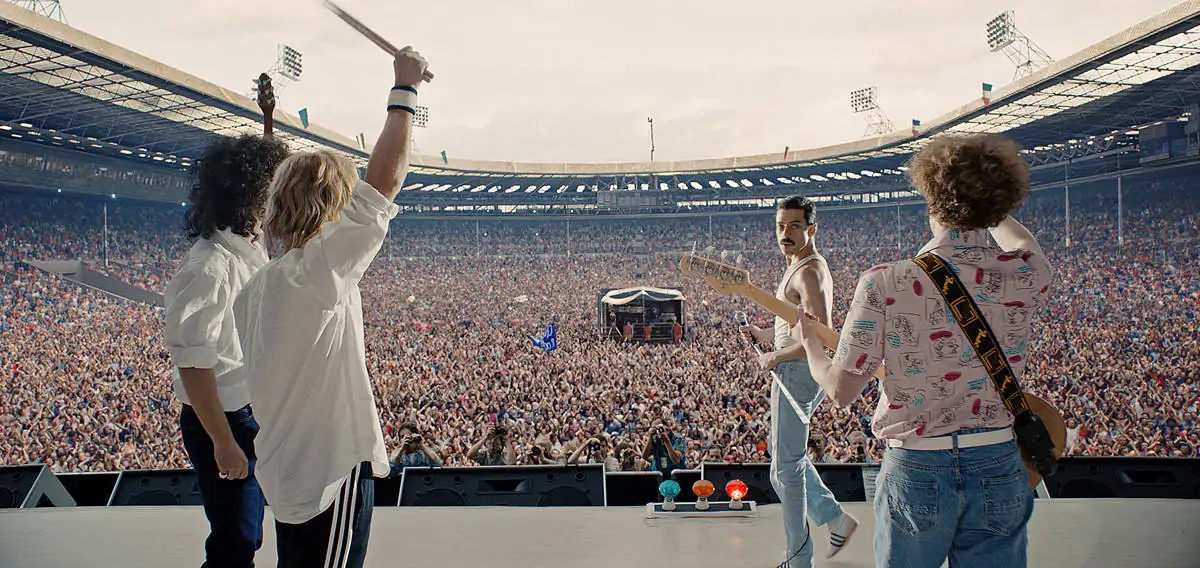
“You could call Bohemian Rhapsody a biopic, as Freddie’s journey propels the story forward. After a Live Aid teaser, we begin with his early days in London, through his diagnosis with AIDS, and subsequent death. But more than a biopic, it’s a two-hour celebration of the band as a whole, with wall-to-wall music,” says Sigel, whose variety of credits include Three Kings (1999. dir. David O. Russell), Drive (2011, dir. Nicholas Winding Refn), and ten movies with Singer, from The Usual Suspects (1995) and Superman Returns (2006) to four instalments of the X-Men franchise.
“Shooting something that lived-up to Queen’s considerable legacy was a daunting prospect and the expectations were massive,” Sigel remarks. “So the key thing for me from the outset was to find a visual language to express the heart and soul of their story in a truthful way. Over the years, I’ve shot many feature films with Bryan. He generously gave me great creative freedom on those productions, and Bohemian Rhapsody was no different.”
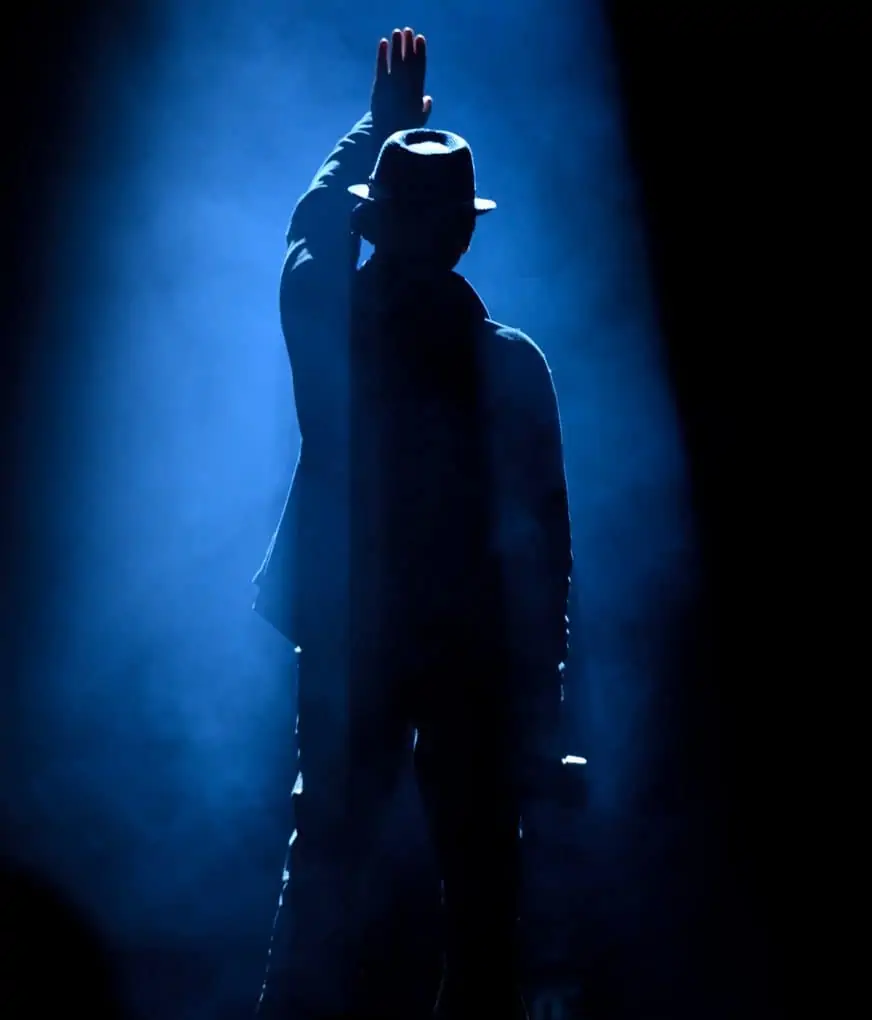
"Working on a production that lives up to the considerable legacy of Freddie Mercury and Queen, with the right language to express the heart and soul of their story, was a big challenge.
I’m very proud of this movie, and believe it to be a respectful celebration of their music"
- Newton Thomas Sigel ASC
Sigel says that during prep and pre-production he conducted extensive research about the band. Along with reading books and newspaper articles, he also watched pretty much every piece of recorded performance by Queen, in order to get a sense of the band as they grew through the different stages of their immense rise, and also to scrutinise the physical staging of several landmark performances that would be recreated for the film. These included early gigs at Ealing Art College, various US performances where the band opened for Mott The Hoople, an appearance on Top Of The Pops, gigs at The Budokan in Tokyo and New York’s Madison Square Gardens, as well as Live Aid, now one of the most fabled performances in rock and roll history.
“We had a lot of concerts and musical performances to capture and relatively little time to do it. I studied all the existing footage of Queen and took stock of how their stage lighting evolved. By the ‘80s, they had some of the biggest lighting rigs in the world. At one point, we had to do four concerts in two days, and make them all look different."
READ IT ALL
The full interview can be found in the November 2018 issue (90) of British Cinematographer magazine.
If you purchase a year’s digital subscription from just £30, or a year’s all-inclusive subscription from just £64, you can read the interview in Issue 90 by clicking HERE. You will also receive access to the rest of our extensive back catalogue.

